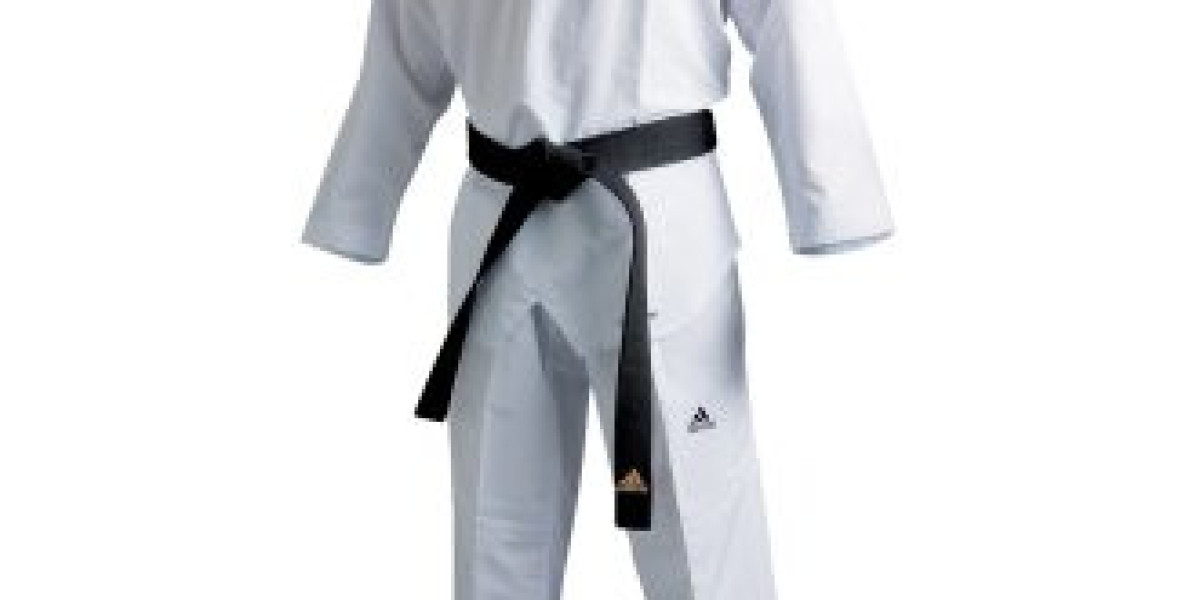In the world of martial arts, attire is not merely a matter of practicality; it serves as a powerful symbol of tradition, discipline, and identity. Nowhere is this more evident than in judo, where the judogi – the traditional uniform worn by practitioners – embodies the ethos of the art. Beyond its functional role in training and competition, the judo outfit represents a fusion of history, philosophy, and camaraderie. Let's explore the significance of the judo outfit and the values it embodies.
Honoring Tradition: The judo outfit, or judogi, traces its roots to the traditional clothing of Japan. Developed by Jigoro Kano in the late 19th century, judo was founded on the principles of balance, leverage, and mutual benefit. The judogi, with its loose-fitting jacket and pants, was designed to facilitate the execution of techniques while embodying the spirit of judo. Crafted from heavy cotton canvas, the early judogi reflected the durability and resilience required for rigorous training.
Over time, the design of the judogi has evolved, incorporating advances in fabric technology and manufacturing techniques. Today, judogi are available in a variety of styles and materials, catering to the diverse needs and preferences of practitioners worldwide. Despite these variations, the fundamental elements of the judogi – the loose-fitting jacket, pants, and belt – remain unchanged, serving as a link to judo's rich heritage.
Strength and Resilience: The judo outfit is more than just clothing; it is a symbol of strength, resilience, and determination. The thick, reinforced fabric of the judogi withstands the rigors of training and competition, providing protection against the impact of throws and grappling techniques. Each stain, tear, and fray tells a story of countless hours spent on the tatami, honing skills and forging bonds with fellow practitioners.
Beyond its physical attributes, the judogi embodies the mental and emotional fortitude required to excel in judo. As practitioners don their uniform and step onto the mat, they embrace the challenges that lie ahead with courage and determination. Whether facing an opponent in competition or overcoming obstacles in training, the judo outfit serves as a constant reminder of the strength and resilience that reside within.
Unity and Camaraderie: In judo, the uniform is not just a symbol of individual prowess; it is a reflection of the unity and camaraderie that define the judo community. Regardless of rank, age, or background, all practitioners wear the same basic attire, creating a sense of equality and belonging on the tatami. The colored belt, indicating rank and proficiency, serves as a visible reminder of each practitioner's journey through the art of judo.
As practitioners train and compete together, they form bonds that transcend language, culture, and nationality. The judo outfit becomes a unifying force, bringing together individuals from diverse backgrounds with a shared passion for the art. Through mutual respect and cooperation, judoka forge friendships that endure both on and off the mat, embodying the spirit of judo in its truest sense.
Conclusion: In the world of judo, the outfit is far more than just clothing; it is a symbol of tradition, strength, and unity. From its origins in the dojo of Jigoro Kano to its status as a global icon of martial arts excellence, the judo outfit embodies the ethos of judo in its purest form. As practitioners don their uniform and step onto the tatami, they carry with them not only the fabric of their gi but also the spirit of judo – a tradition of strength, resilience, and unity that transcends boundaries and unites judoka around the world.



